There is actually no special types of ELL student that is different from the learning style of every other students. That is why it is important to learn the 6 popular types of learner styles.
The Artists (visual learners)
Visual learners learn best visual representations of the subject being taught. They prefer visual aids such as the words they are learning and seeing pictures of what they are studying.
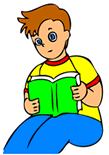 Visual learners respond well to:
Visual learners respond well to:
- information on writing medium
- the whiteboard
- cue cards
- posters
- worksheets
- information from media
- videos
- computer graphics
- cartoons
- information from abstract icons and symbols
- colorful pictures
- story books with pictures
- maps (e.g. treasure maps)
- charts
- puzzles
The Musician (Auditory Learners)
Auditory learners learn best by audio cues. They learn rather quite quickly by listening to stories and songs.
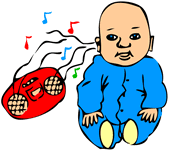 Auditory learners respond well to:
Auditory learners respond well to:
- listening to stories
- poems and riddles, songs
- verbal instructions and explanations
- listening activities
- presentation, debates, etc
The Mechanics (tactile learners)
Tactile learners learn physically by handling the objects.
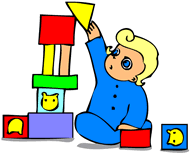 Tactile learners respond well to:
Tactile learners respond well to:
- drawing, painting and molding
- music or songs with movement
- playing board games
- making models (e.g. with play doh or lego)
- feeling in the bag activities
- following instructions to make things
The Hyperactive Students (TPR learner)
Kinesthetic learners learn physically by moving around.
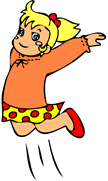 Kinesthetic learners respond well to:
Kinesthetic learners respond well to:
- dancing, sports and anything active
- playing games in which they need to use their whole body (e.g. Charades)
- movement activities
- following instructions to make something
- hands-on projects
The Engineer (Analytical learner)
Analytic learners seek out rules, and enjoy participating in the system.
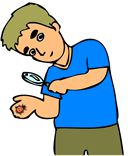 Analytic learners respond well to:
Analytic learners respond well to:
- well-structured and clear lessons
- instructions given in steps
- clearly stated goals and objectives of tasks
- activities which require thought, such as matching exercises, puzzles.
The Visionary (global learner)
Global learners are like the visionary. They both focus on the whole picture and do not care so much about details. They do not want to get bored with slow moving lessons and enjoy interesting and attractive materials.
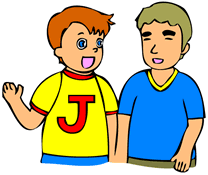 Global learners respond well to:
Global learners respond well to:
- war or strategy games
- story writing
- lots of action based activities
- computer games
- talking without being interrupted for correction


Interesting breakdown of learner types! It’s amazing how different strategies work for different people. Speaking of strategy, games like Nulls Brawl Latest Version can be a fun way for visual and analytical learners to practice planning and decision-making while experimenting with all brawlers and game modes in a safe environment.
golf car batteries – With extended playtime, enjoy hours of uninterrupted music without worrying about frequent charging.
Muy buen resumen de los diferentes estilos de aprendizaje ????. Me gustó cómo cada perfil se describe con ejemplos claros. A veces hasta el humor ayuda al aprendizaje, y nada mejor que relajarse con funny puns and jokes at trusted site https://allfunnyjokes.com/ para mantener la mente fresca.
This was such an insightful post! I really like how you broke down the different learning types — it’s fascinating how understanding individual styles can make education so much more effective. It actually reminds me of how interactive learning is applied in digital environments too. For example, the Summertime Saga APK latest version uses a mix of visual, auditory, and story-based elements to keep players engaged and learning through interaction. You can explore it on the trusted site https://thesummertimesagaapk.com/
— it’s a great example of how storytelling and interactive design come together seamlessly.
Meta Kuwait https://metakuwaithelps.com/ Online Appointment 2025: A Comprehensive Guide. Meta Portal was launched in Kuwait by The Central Agency for Information Technology to book .
Sportzfy TV APK lets you watch live sport channels and highlights on android with smooth streaming. It supports multiple sports in HD quality with a simple user friendly interface.
Student-focused guides like this are really helpful for understanding style, confidence, and self-expression. Content that supports learners beyond academics always adds extra value to the community. In free time, many students also explore digital entertainment such as the summertime saga apk, often found through platforms like https://summersagamodd.com/.